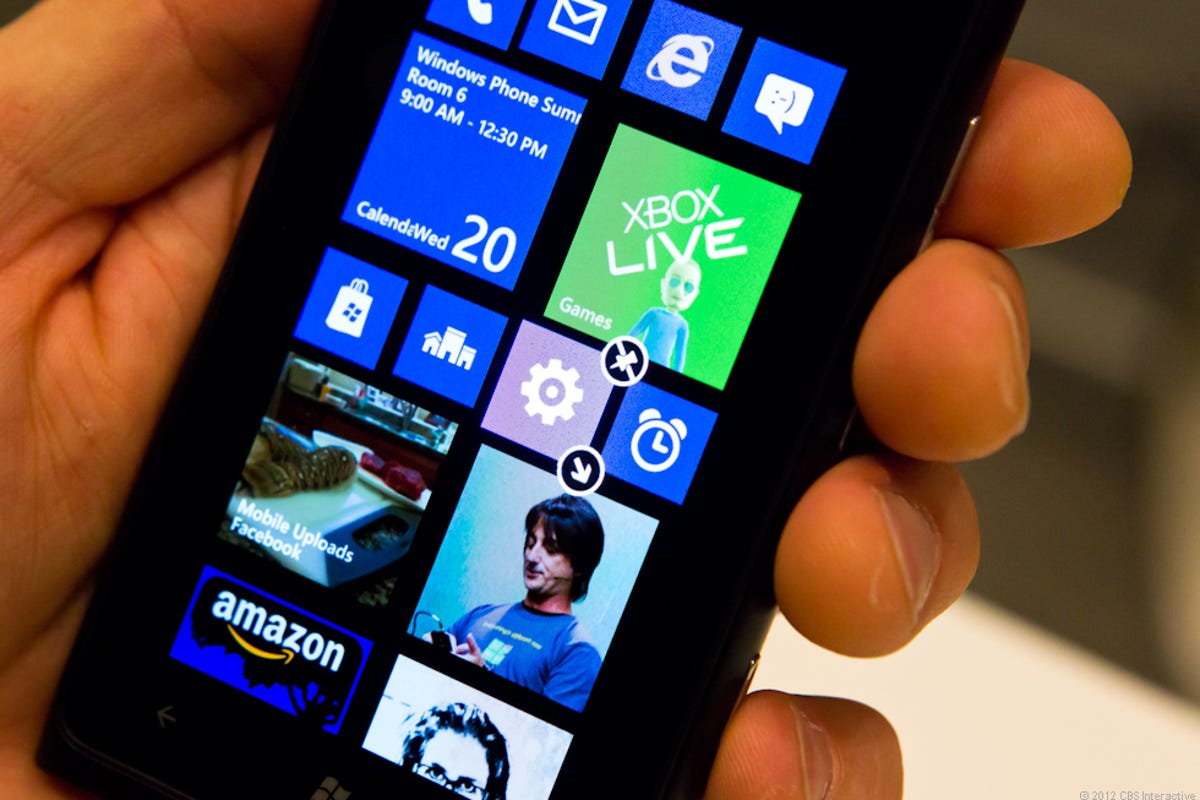On September 5, Microsoft and Nokia will introduce the world to the its first Windows Phone 8 devices. The form of that signature handset remains a mystery for now, but I’ll venture a guess that from the outside, the next iteration of Nokia’s flagship phone will look very similar to the Nokia Lumia 900 device we know now.
Why do I say such a thing? There are a few reasons. First, the form factor would be more easily produced than creating a new design in a relatively short period. After all, the Lumia 900’s look already exists in two other phones that preceded it: the Nokia N9 (originator) and the Nokia Lumia 800 (Windows Phone debut). To the latter, the Lumia 900 added 4G LTE, a front-facing camera, and a larger screen.
Related stories
- Windows Phone 8: What you need to know
- Nokia, Microsoft’s Sept 5 New York event
- Nokia Lumia 900 update flips to mute
Second, with Nokia’s financial troubles, sticking with the same basic shape, materials, and manufacturing process will cut design and machining costs. It also doesn’t hurt that the handset in question has gained some notoriety for its unique design and striking color options.
Third, most of the Windows Phone 8 visible changes stem from software, not hardware, so there’s no need to drastically alter the phone’s physical design.


Josh Miller/CNET
What will change
While I predict that the pumped-up Nokia Lumia sequel (to be called the Lumia 1000, perhaps) will look almost identical to the current thing, there will be one significant external change that will require more body work — a microSD card slot. If Nokia can carve out space and connect circuitry to the top or bottom edges, the company can maintain the handset’s polycarbonate slab design.
There will be other, more-subtle alterations as well. We already know that high-end Windows phones will use Qualcomm’s dual-core Snapdragon S4 Plus processors. That’s the same LTE-ready chipset used in the HTC One X family, and the Samsung Galaxy S3, and it’s Qualcomm’s fastest yet.
I also predict that the globally released “Lumia 1000” will make use of Windows Phone 8’s support of HD displays, and will sport a 4.3-inch AMOLED screen with a 1,280×720-pixel HD resolution and Nokia’s terrific ClearBlack display filter that cuts down glare.
NFC is also on the list of Windows Phone 8’s new powers, and Microsoft’s Tap + Share and digital wallet features will help give the short-range communications technology immediate life.
In addition, the future Lumia will sport Microsoft’s new Windows Phone start screen (pictured above), enhanced voice commands, and better integration for third-party VoIP services (like Skype, which Microsoft now owns but has not yet natively integrated).
These are my guesses right now, but we’ll let you know what really happens on September 5, when CNET covers the event in New York.



